Successfully launching a new product centers on two core business functions: innovation and marketing. New innovations with a clearly determined path to market inevitably succeed because they work, have a defined target audience, offer a unique value proposition, and ease a customer pain point.
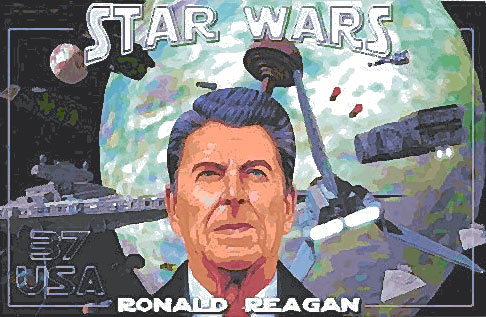
We take a look at 13 marketing failures that achieved none of these things:
13.The Firebox
Designed to warn off pranksters, the Firebox was essentially an add-on to fire alarms. This ridiculous contraption worked by trapping the hand of the user once they’d sounded the alarm, forcing them to be held captive until the authorities arrived. Introduced in the United States in 1938 the Firebox has to be one of marketing’s (and innovation’s) most humorous fails.
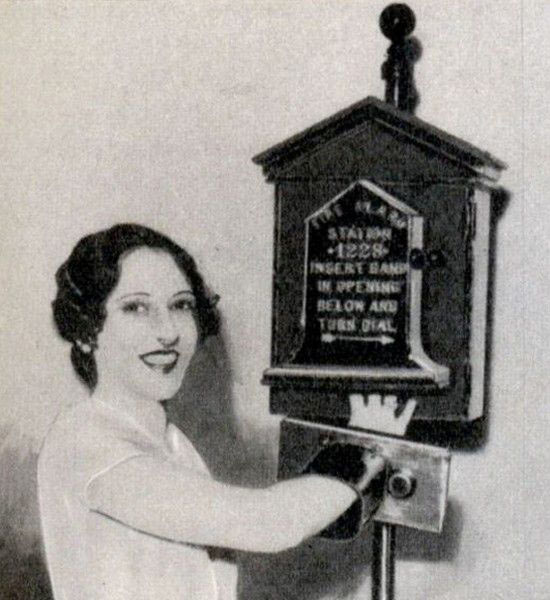
12. Smell-O-Vision
As featured in one of our previous posts – A Brief History of Scent Technology – Smell-O-Vision remains the most ambitious attempt at adding a third sense to the cinema going experience.
Pioneered in 1960, Smell-O-Vision was originally designed to omit scents at certain times during a film’s screening. As has been well documented the idea was a flop, and was only ever applied to one film, The Scent of Mystery; a little remembered Hollywood production written specifically for the new technology.
Smell-O-Vision was slammed by both critics and filmgoers who criticised it for not being properly synched with the action. This infamous marketing failure was removed from all cinemas within a few months of its release, and was duly featured in Time Magazine’s list of the Worst Ideas of All Time.
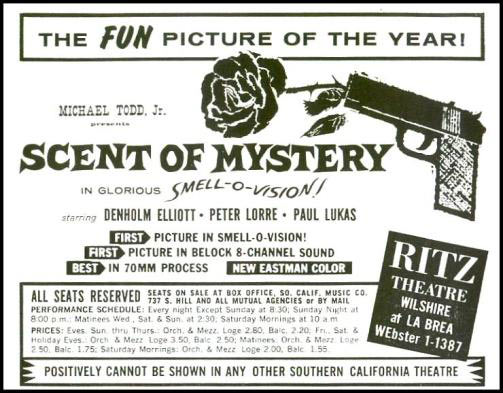
11. Gerber Singles
In 1974 Gerber Baby Foods did the unthinkable: they designed a baby food for adults. Often cited as one of the most spectacular marketing failures of all time, the company quickly discovered that small servings of pureed meat sold in glass jars (ones eerily similar to those used for their baby foods) is not an appealing dinner option for college students and single professionals. Well, who would’ve thought?
For the curious amongst you, Gerber’s flavours included: creamed beef, beef burgundy, chicken madeira, beef with mushroom gravy, and blueberry delight. Gerber stopped production of their Singles range by the beginning of 1975.
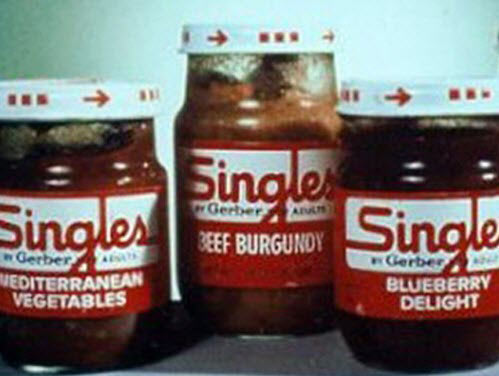
10. McDonald’s Arch Deluxe
McDonald’s first real attempt at appealing to America’s childless, urban professionals. This spectacular marketing failure cost Mickey D’s more than $US100 million to market and promote.
In an attempt to broaden its market, Maccas launched a burger specially designed for adults; abandoning its tried and tested model of appealing to children and couples with kids. Advertised as ‘the burger with the grown-up taste”, the Arch Deluxe was promoted using commercials (as you can see below) featuring kids grimacing in disgust at the very mention of the ‘Arch Deluxe’. This tactic isolated its loyal target audience, and led to the speedy discontinuation of the ill-fated burger.
9. The Premier Cigarette
Launched in 1988 by RJ Reynolds Tobacco Company, the Premier Cigarette was conceived as a ‘smokeless nicotine delivery mechanism that looks and feels a cigarette’.
Well before the days of sweet scented e-cigarettes, the Premier not only tasted awful but omitted a foul smell that one consumer described as, “similar to the smell of burning plastic.” In a New York Times article published in 1988 it was reported that “the tobacco company has spent around $US300 million ($US600 million in today’s money) on research, development and marketing the world’s first smokeless cigarette.” This money proved to be poorly spent, as the Premier was disbanded by 1992.
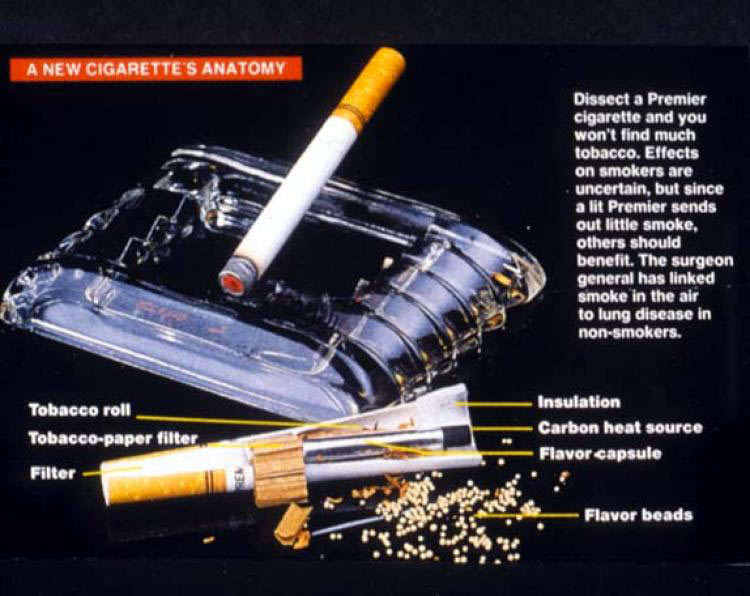
8. Spruce Goose
Howard Hughes’ infamous H-4 Hercules was designed as a flying boat made to carry up to 750 fully equipped troops.
At the time of its completion in 1947 the 400,000-pound (181,436-kilogram) H-4 Hercules was far and away the largest flying boat ever built. Construction began following a U.S. government request in 1942 for a cargo and troop carrier that would not be susceptible to German submarines. But by 1944 Hughes’ flying boat was no longer needed, and the US Government’s focus shifted toward manufacturing bombers and other smaller aircraft.
Despite being decommissioned, the obsessive Hughes continued to develop the aircraft. The media nicknamed it the “Spruce Goose” – a name Hughes despised, as the plane was built almost entirely of laminated birchwood, not spruce.
By 1947, the U.S. government had spent $US22 million on the project, while Hughes himself invested $US18 of his own personal fortune, the equivalent of about $US436 million today. In November of 1947, Hughes and a small engineering crew finally fired up the Spruce. Flying the aircraft himself, Hughes managed to lift the giant aircraft 33 feet (10 meters) off the surface of the water and fly it for one mile (1.6 kilometres). The spruce was airborne for less than a minute before landing.
The Spruce never flew again.
7. Franz Reichelt’s Parachute Jacket
For me, this is the saddest entry on this list. Designed by the German inventor Franz Reichelt, the parachute jacket had its high-profile unveiling in Paris in 1912. Confident in the reliability of his absurd creation, Reichelt decided to perform a demo by jumping from the then tallest building in the world, the Eiffel Tower.
Tragically, the parachute failed to deploy, and Reichelt was filmed plummeting 300 metres (986 feet) to his death.
6. Hydrogen Blimps
When the Hindenburg was designed in 1931, its makers originally designed it to be filled with helium gas. However, due to a shortage of helium in Nazi Germany at the time, the airship was eventually filled with highly flammable hydrogen.
This proved fatal in 1937, when the famed zeppelin caught fire and was destroyed during an attempt to dock with its mooring mast in New Jersey. Of the 97 people on board (36 passengers and 61 crewmen) there were 35 fatalities (13 passengers and 22 crewmen). One worker on the ground was also killed, making a total of 36 dead .
The disaster received an unprecedented amount of media coverage.
5. Asbestos
Dating back to Roman times, asbestos has been widely used as a form of insulation. A versatile mineral fiber that excels at absorption and can withstand the harshness of heat, health concerns relating to the carcinogenic effects of asbestos dust were first raised as early as the 1920s. Inhaling the toxic particles of asbestos dust causes a life threatening condition called asbestosis.
You know a product hasn’t been marketed and tested properly when it leads to hundreds of thousands of deaths each year. According to World Health Organisation estimates, “more than 107 000 deaths each year are attributable to occupational exposure to asbestos.”
Asbestos was banned in Australia in 1989.
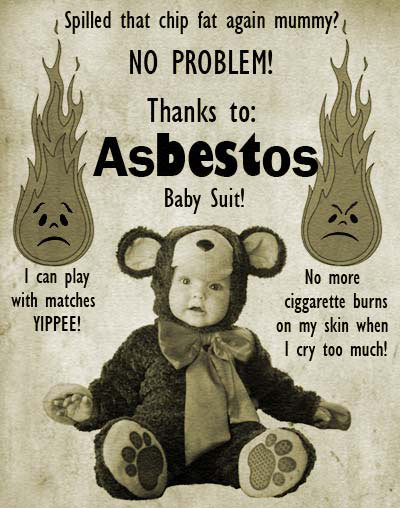
4. Titanic
The ill-fated vessel built by White Star Lines was first conceived in 1907, when company executives decided to expand their transportation business in an attempt to compete with a new breed of luxury ocean liners.
In 1909-1911 when the Titanic was built, it cost $US7.5 million to complete. In modern terms, that equates to $US175 million. The ship set sail on the 31st of May 1911 and sank on the 2nd of April 1912, resulting in the loss of more than 1,500 lives. The tragic loss of life that came about due to some fatal flaws in the ship’s design, coupled with the huge cost of the project, surely makes the Titanic one of the biggest marketing failures of all time.
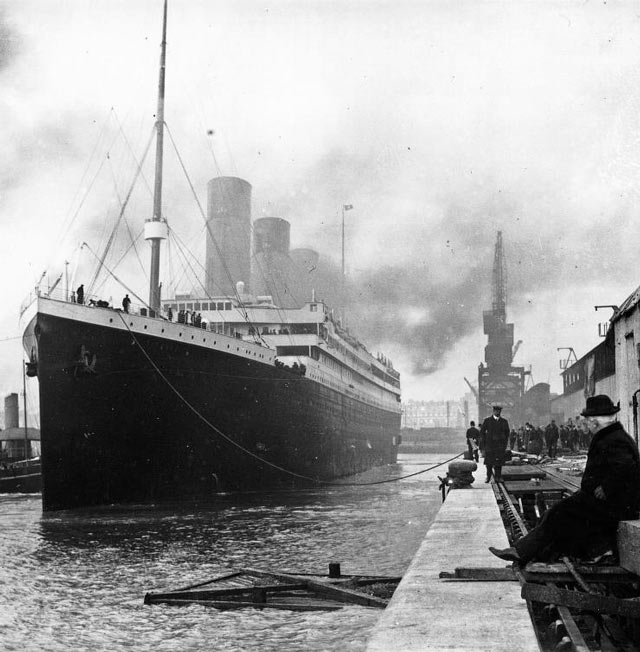
3. Ford’s ‘Edsel’
Dubbed ‘E-Day’ by Ford’s marketing team, the Ford Edsel was launched on the 4th of September 1957. But according to Edsel scholar, Jan Deutsch, the automobile was “the wrong car at the wrong time.”
By November 1959 Ford had already killed off the Edsel, after it had lost an estimated $US250 million – nearly $US2 billion in today’s money. Ford’s failure to read the declining economic climate of the time, its release of a poor quality product, and its inability to design the right car to fill the gap between its Ford and Mercury offerings, has made the Edsel synonymous with marketing failure.
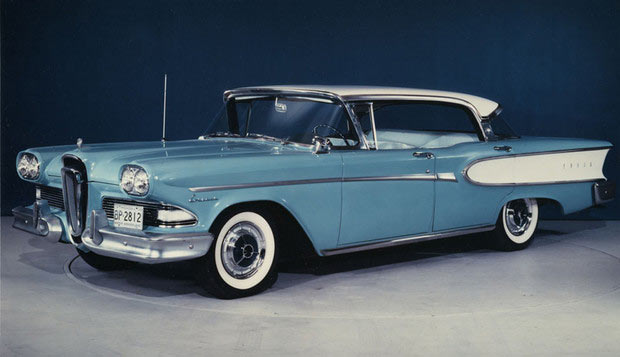
2. Sub-Prime Mortgages
Following massive interest rate cuts in 2004, US banks began offering high-risk financial loans to aspiring home owners with low credit ratings. This practice led to a housing market shortage, which substantially raised housing prices across the country. And when these low-income mortgage owners began to struggle to keep up with the high rates of interest attached to their loans, the disastrous effects of sub-prime mortgage lending began to surface.
When huge numbers of sub-prime mortgage owners began defaulting on their loans, a wave of property foreclosures across the US plunged the global financial system into recession and delivered the US economy into its worst economic decline since the 1930s.
According to Bloomberg total losses across the five biggest sub-prime lenders (UBS, Citigroup, Merrill Lynch, HSBC & The Royal Bank of Scotland) totaled $US140 billion, making it the costliest innovation and marketing failure on this list.
1. Star Wars Program
In 1983 President Ronald Reagan announced the most ludicrous and ridiculed (see cartoons below) defence program in US military history. His plan: to fund a defence system capable of destroying Soviet intercontinental ballistic missiles (ICBMs) long before they could travel from Europe to North America and reach their U.S. targets. Reagan’s’ Strategic Defence Initiative (SDI) – dubbed ‘Star Wars’ by the media due to the programs farfetched ideas, many of which involved lasers – was an unequivocal failure.
Twenty two years have passed since the SDI program was first born, and since 1983 the US has spent more than $US60 billion trying to bring to life some version of Reagan’s vision. Star Wars and its myriad successors have cost more than twice as much as Franklin D. Roosevelt’s atomic bomb research and development program (Manhattan Project), and still to this day, not one of these programs has produced a single workable weapon. An ‘achievement’ that goes down in the annals of military defense history, as the biggest marketing, product design, and manufacturing failure of all time.
For this we christen Ronald Reagan’s Star Wars program, the most mind-blowing of all marketing disasters.

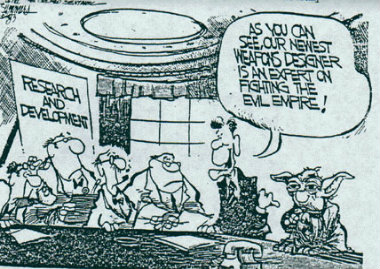
Conclusion
Innovation and marketing are the two keys to successfully launching a new product. But as Ben Bajarin from Creative Strategies Inc points out, in many ways marketing is even more important than innovation.
“Value needs to be communicated to the mass market. People need to be shown the usefulness of a product and fully grasp the why not the what. Innovation at its best solves problems. Great marketing communicates the value the innovation is bringing to solving a problem.”
So before launching a new product make sure you pay marketing the respect it deserves. Because as these 13 colossal failures highlight, innovation without a clearly defined path to market is a recipe for disaster.
Anything we missed? Any other marketing failures you think we should add to our list?

Comments (0)